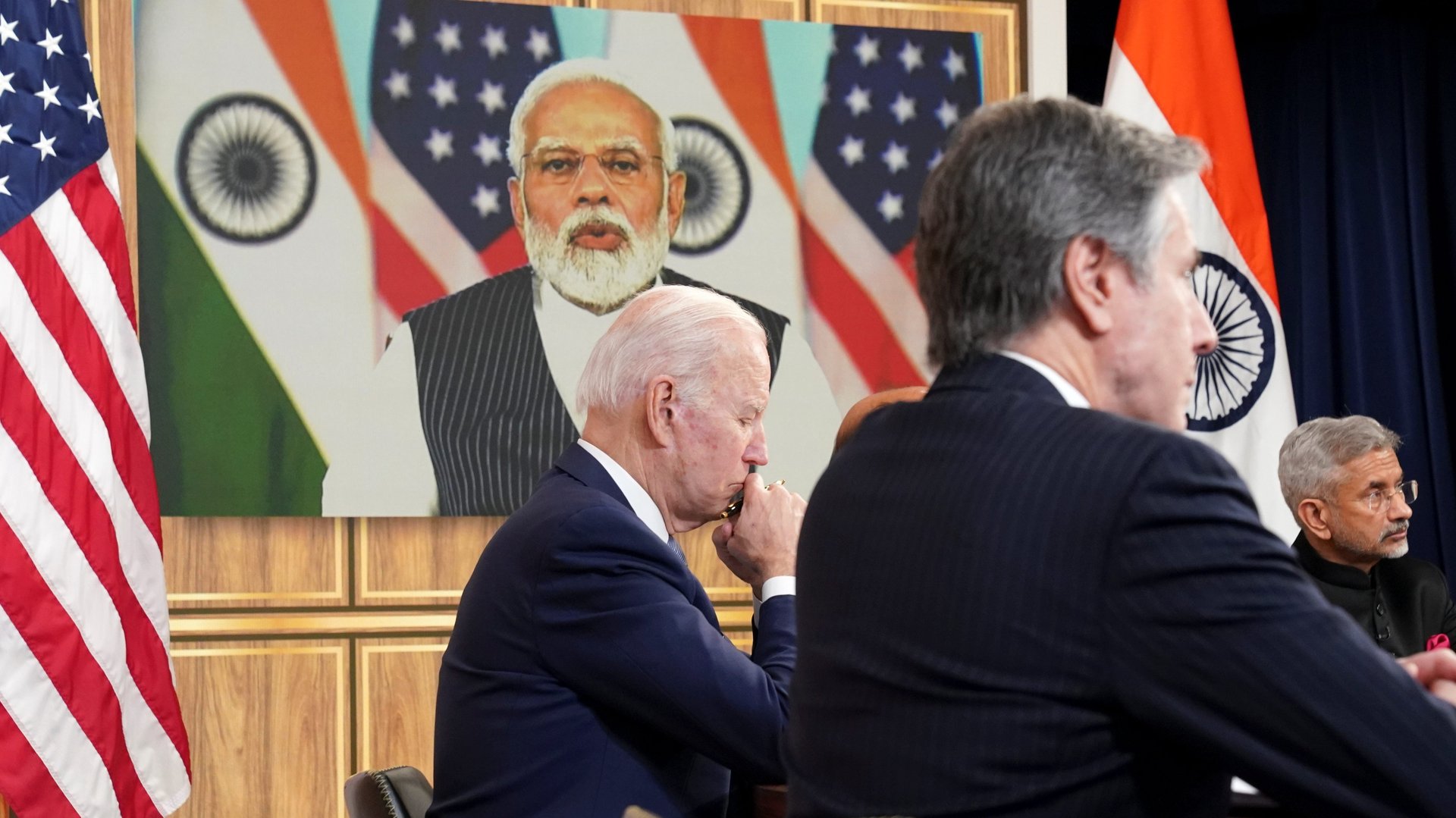Move over, China: US is now India’s biggest trading partner
India seems to have deepened its ties with the US, making the world’s largest democracy its top trading partner in fiscal 2021-22, surpassing China.


India seems to have deepened its ties with the US, making the world’s largest democracy its top trading partner in fiscal 2021-22, surpassing China.
In the financial year ended in March 2022, bilateral trade between the US and India stood at $119.42 billion (9.25 lakh crore rupees), as against $80.51 billion in the previous year, according to the Indian commerce ministry. For China, the figure stood at $115.42 billion in the same period.
Exports to the US rose to $76.11 billion in the reporting period, while imports increased to $43.31 billion. The US is among the few countries with which India has a trade surplus, meaning exports exceed imports.
“In the coming years, the bilateral trade between India and the US will continue to grow. India has joined a US-led initiative to set up an Indo-Pacific Economic Framework (IPEF) and this move would help boost economic ties further,” Khalid Khan, vice-president of the Federation of Indian Export Organisations told PTI.
Why is the Indo-Pacific framework important for India?
In recent years, India has been reducing its economic dependence on China by way of engaging in multilateral trade agreements. This has followed several stand-offs between the two countries, resulting in widespread calls to boycott China commercially.
India can add up to $20 billion to its GDP if it halves its reliance on China, a recent SBI report said.
On May 23, US president Joe Biden launched the IPEF in Tokyo with 13 founding members in the Asian continent excluding China. India has joined this initiative.
The Indo-Pacific region, stretching between the Pacific and Indian Oceans, accounts for more than 60% of the global GDP, and almost 50% of the global merchandise trade. Through the IPEF, the US is attempting to challenge China’s attractiveness as a trade and investment partner in this region. It is offering deals on the digital economy, supply chain bottlenecks, and green infrastructure.